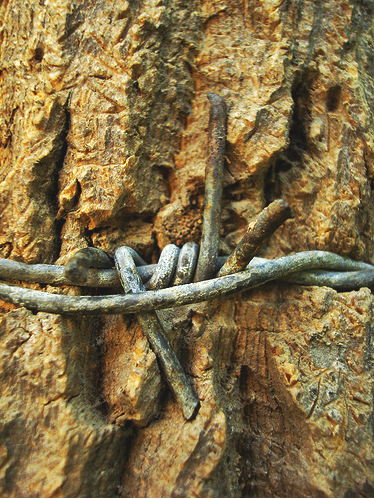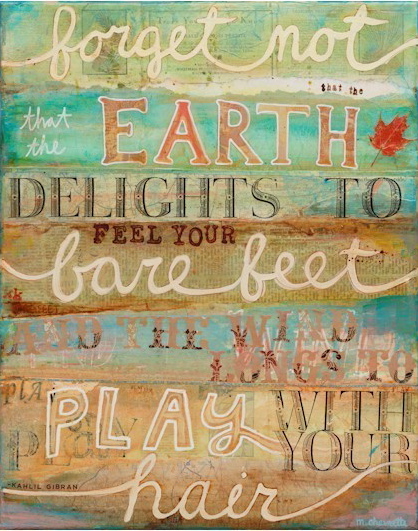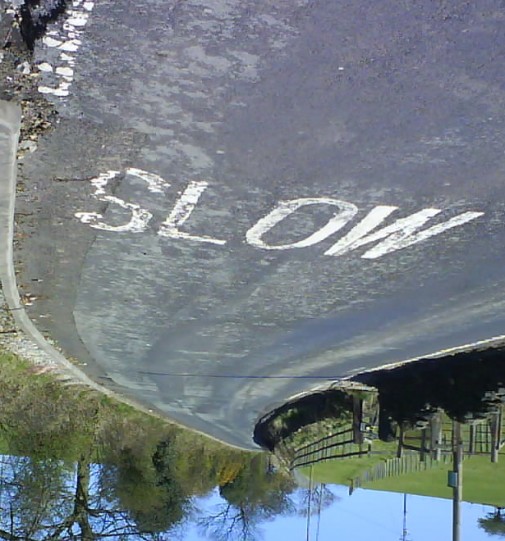Perhaps like you, I resent being thwarted or trapped by some external constraint.
I have often rushed at these immovable things like a bull at a gate, with the same results of a sore head.
However, that was until recently. I’ve discovered, through nature, how fruitful such solid outside constraints can be. Twice this year I’ve seen the kind of ripe power that can burst forth after a period of life-strangling tight confinement.
‘How strange that constraint can create a build-up of awesome energy’ I thought (completely forgetting about bondage restraints and water dams) as I watched my “winter pansies†and “Lidl strawberries†produce flowers and fruits at an accelerated rate after my negligent containment of them.
I bought fifty tiny “winter colour†seedlings ultra-cheap from a Guardian offer in the Autumn. I potted them up with zealot gardener dedication.
But I was too late getting them into the flowerbeds and between one hard frost and another, followed by inches of snow on frozen ground, too cold and hard to gouge the trowel into, they were abandoned in their tight little containers.
In the Spring I noticed they seemed to still be alive, had even managing a bud or two in their tiny cells. I planted them out randomly in the garden and in the window boxes, what the hey.
Whoo-o! Within two days they were three times their size, bursting with new leaf and bigger buds, new buds and some had even flowered! They embraced their liberation with a force they must have been building and building after surviving the dormant freeze of wintertime. They have since produced flourishes of bright, joyful flowers for several months.
Similarly, the box of strawberry seedlings a friend gave me a couple of months ago which became root-bound. I fretted mildly about where to plant them and putting straw around the plants and what about losing them to our snails and slugs who rampage with full territorial rights through our garden and was there any point really in planting them out at all?
What a thing to admit to! And yet it reminds me of the fears we sometimes have about starting any creative project – our mind throws up all kinds of possible obstacles and fears which often prevent us from doing anything at all.
What is the point of spending hours of my life on this novel if it is never published? What is the point of buying a paint set if I never have time to paint? And so on, you get the idea.
I planted the strawberries out last week and already there are bunches of hard creamy strawberries beginning to blush with pink – the bright red one of a few days ago has already been eaten by a mouse or bird.
There are so many basic and complex examples of solid, external circumstances that confine and constrain us in our lives in just the same way ice forms in the stems of pansies. A lack of funds, the death of someone, a locked door, a phone not answered, a Visa expired, love rejected, a bus that breaks down.
So often our response is to try to fight the constraint, push it away. Maybe even deny it altogether. And yet look what nature tells us about the power external constraint can give us. If we freeze, pause a little and then allow ourselves to build our energy it will be there as a huge reserve you can let burst when external circumstances change, as change they will.
I am going to be more pansy and strawberry plant like from now on when I’m forced by external circumstance and situation to be dormant, pull my feelers in, remain alert and unmoving – be patient within a prolonged pause.
I am not talking here about in-between fallow periods. I am talking about those very real, very tangible forces outside of ourselves that stop us in our tracks and which we cannot change by force or any other method.
If my pansies or strawberries had fought against their confinement they would have lost a large reserve of stored energy. Instead, by pressing a natural ‘pause’ button they have given themselves the energy reserve to, at the slightest lessening of their confinement, burst forth with a huge force of raw, flowering and fruitful power.
And so it is with us. Instead of fretting and fighting about a confinement we might have – traveling to work, a difficult relationship, a tight deadline, an enemy setting us up for a fall, a pay freeze, a drain on cash flow – so many situations come up in life that press our ‘pause’ button.
I’ve noticed that many people advocate pushing through these forced constraints and I agree it is a good idea to test the strength of it initially. But then we must pause and wait, always knowing the release may not come but quietly containing our energy so we are ready for the dam bursting, the bonds removed, the money flowing and we can enjoy the hugely magnified power we had in only in potential before the constraint.
Constraints are good. They dam our creative power. And that means our creative power can explode like a new universe from a black hole.
If you, like me, are hoping that the photographer, Kalpana Chatterjee, who captured the image above immediately pulled out a pair of wire cutters and cut that barbed wire right off, you are only showing the positive spirit of humanity that has us always turning towards life and growth. Let us imagine the divine release and how the tree sap flowed after that snipping.


